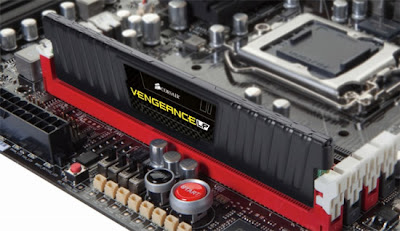Intel’s integrated graphics processing units have historically been manifesting horrible performance. Many computer enthusiasts have always been complaining about the chip not being able to run countless games and applications that required the GPU to perform well.
Most of this ended when Intel launched Ivy Bridge. Although not quite a particularly powerful GPU, the Ivy Bridge iGPU is able to run at very high speeds, has a very special and useful function in Intel’s QuickSynk and will run most of the games developed in the previous decade. Seeing that the competition on the low and mid-end market is getting tougher and tougher as its main competitor is offering APUs featuring $100 GPUs, Intel seemingly decided to work harder on its iGPUs. The power AMD’s Trinity iGPUs offer today is roughly greater than what was available on a $100 video card two years ago, and this simple fact is absolutely amazing. From a computing perspective, AMD holds the huge advantage of a very capable GPU architecture with great drivers and very good performance and the next generation is only going to be better, much better.
Almost everybody is working on GPU computing these days, and AMD holds the clear hardware advantage. Knowing that it has the software development upper hand, Intel is dead-set on improving its iGPU hardware and the Haswell iGPU is going to be a much bigger step even than Ivy Bridge. As reported by Overclockers.ua Intel is fitting the new top iGPU with 40 execution units, 160 ALU and 4 texture units. Comparing this to Ivy Bridge’s 16 execution units, 64 ALUs and 2 texturing units will only help us understand the magnitude of the performance improvement.
 |
| Intel Haswell Processor sample Image credits to Intel |
 |
| Intel Haswell Processor iGPU Comparison Image credits to Intel |



 7/11/2012 08:16:00 PM
7/11/2012 08:16:00 PM
 dannzfay
dannzfay




























